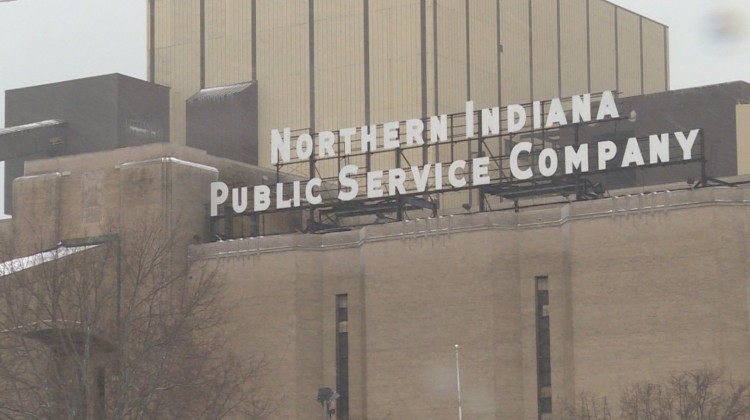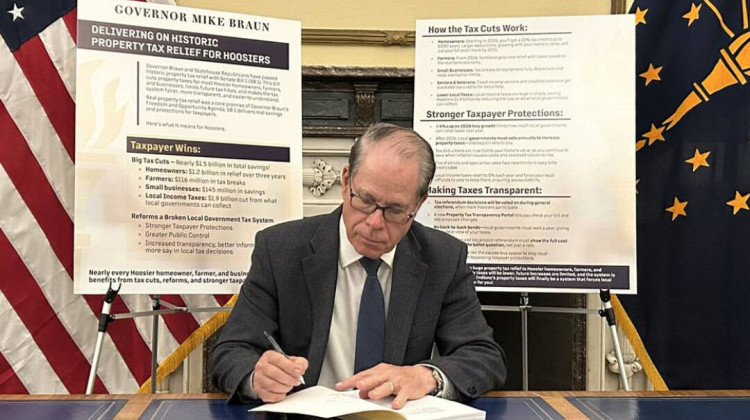
New rules from the Environmental Protection Agency will extend federal regulations of coal ash at active and inactive coal-burning plants and disposal sites throughout the country.
File photo: Justin Hicks / IPB NewsNew rules from the Environmental Protection Agency will extend federal regulations of coal ash at active and inactive coal-burning plants and disposal sites throughout the country.
This follows years of lawsuits and arguments from environmental groups which said coal ash plants that were no longer being used were exempt from the EPA’s 2015 stricter coal ash rules.
Coal ash contains toxic pollutants and heavy metals, like arsenic, lead and mercury. In the past, coal ash leaked into groundwater, causing health problems such as neurological issues and cancer, and air pollution that contribute to conditions like asthma.
Ashley Williams is the executive director of Just Transition Northwest Indiana, a group pushing for an equitable transition to renewable energy. She said the new rule will force plants that disposed of coal ash, such as the NIPSCO Michigan City Generating Station, to be held responsible.
“[The EPA are] ensuring that these loopholes are closed,” she said. “And so [the plant] is going to have to clean up their mess. And that means the legacy landfill at the site itself. And that is going to have to happen in a quick turnaround, too.”
Williams said the lack of oversight of some coal ash ponds and landfills led these toxic heavy metals to leak into groundwater, affecting aquatic life and the lives of Hoosiers surrounding these plants. Williams said she is hopeful this new rule will mitigate the negative health impacts coming from existing toxic coal ash in the state.
“Our airways are going to be improved, our waterways,” she said. “We no longer have to worry about the burden of that ticking time bomb just going off and ultimately seeping in and causing yet another disaster on our Great Lakes watershed.”
READ MORE: 'If not now, then when?' Gary residents seek brighter, cleaner future through Biden's EPA
Join the conversation and sign up for the Indiana Two-Way. Text "Indiana" to 765-275-1120. Your comments and questions in response to our weekly text help us find the answers you need on climate solutions and climate change at ipbs.org/climatequestions.
Williams said these rules could also help to increase equity and quality of life for those living around these plants and disposal sites.
“That’s really perpetuated a lot of inequities,” Williams said. “In terms of poverty, in terms of asthma rates, they're really through the roof, within our community, and we have no question or doubt in our minds that it has everything to do with the environment and the toxic air that they're breathing in.”
In a news release, the EPA said it is committed to “reducing pollution” while ensuring long-term flexibility and operations for power companies.
The ruling also includes stronger carbon pollution standards, mercury and air toxics standards, and water pollution standards.
Violet is our daily news reporter. Contact her at vcomberwilen@wfyi.org or follow her on Twitter at @ComberWilen.
 DONATE
DONATE






 Support WFYI. We can't do it without you.
Support WFYI. We can't do it without you.